
If we want to work towards mitigating climate change, transitioning to green energy is the way to do it. However, this transition carries hidden environmental costs that need serious consideration. These examples highlight the importance of careful site selection and project design to minimize ecological disruptions as we develop more renewable energy sources.
The Impact of Green Energy
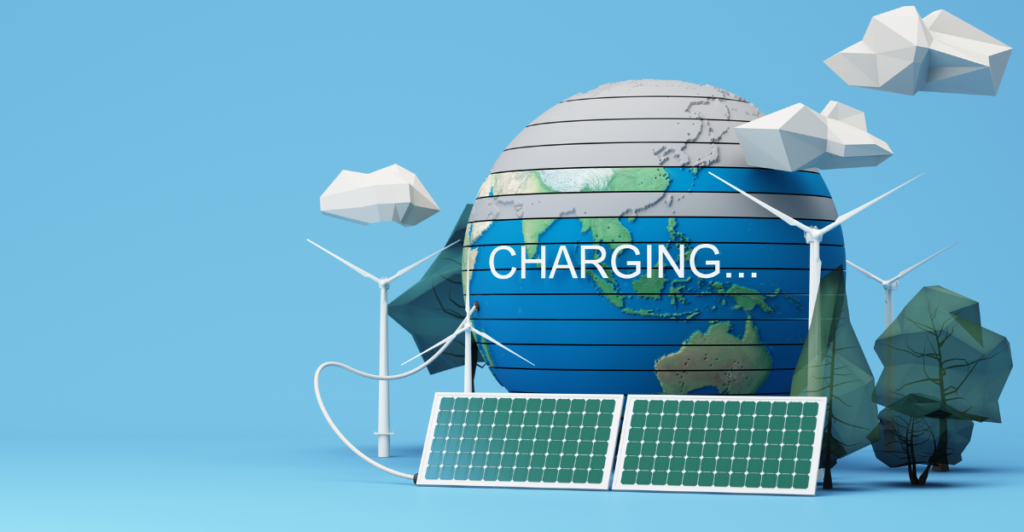
The manufacturing of renewable energy technologies, such as solar panels and wind turbines, requires the use of resources that have negative effects on the environment. As much as we don’t want this to be true, the extraction of metals and minerals to develop green energies often leads to environmental degradation, including habitat destruction and pollution. Additionally, implementing renewable energy infrastructure also impacts local ecosystems, which need to be taken into consideration.
1. Mining for Metals

Renewable energy sources, such as solar and wind, require significant amounts of metals like lithium, cobalt, and nickel. The extraction of these metals leads to severe environmental degradation, including habitat destruction and pollution. For example, lithium mining in the Atacama Desert has increased mining sites by up to 7% annually, causing vegetation loss and ecosystem disruption. This disruption and eventual loss of vegetation can negatively impact surrounding ecosystems, threatening species.
2. Water Usage in Production

The manufacturing processes for solar panels and batteries consume significant amounts of water. For example, producing one solar panel requires over 600 gallons of water. The exorbitant amount of water usage has severe impacts on both local communities and ecosystems. This is of particular concern in regions where water is scarce as it can further exacerbate local water crises, challenging the sustainability narrative of green technologies.
3. Methane Emissions from Hydropower
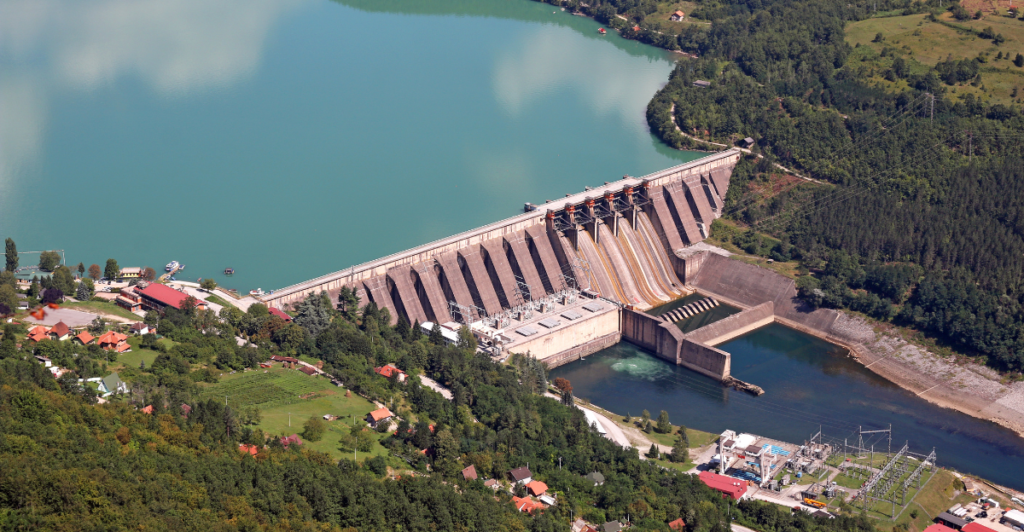
While hydropower, the use of naturally flowing water to generate electricity, is often advertised as an incredibly clean energy source, large reservoirs can produce significant methane emissions as a result of the decay of underwater organic material. As a potent greenhouse gas, which pollutes the air second only to carbon dioxide, methane can undermine the climate benefits of hydropower projects, particularly in tropical regions where the decomposition of organic matter is quick.
4. Biodiversity Loss from Land Use

In order to install renewable energy plants, we need to use large pieces of land, leading to habitat loss and fragmentation. Wind farms and solar fields disrupt local wildlife populations, including birds and bats that are killed by turbine blades or displaced from their habitats. This impact on biodiversity challenges the assumption that renewable energy is inherently eco-friendly.
5. Ecosystem Disruption from Infrastructure
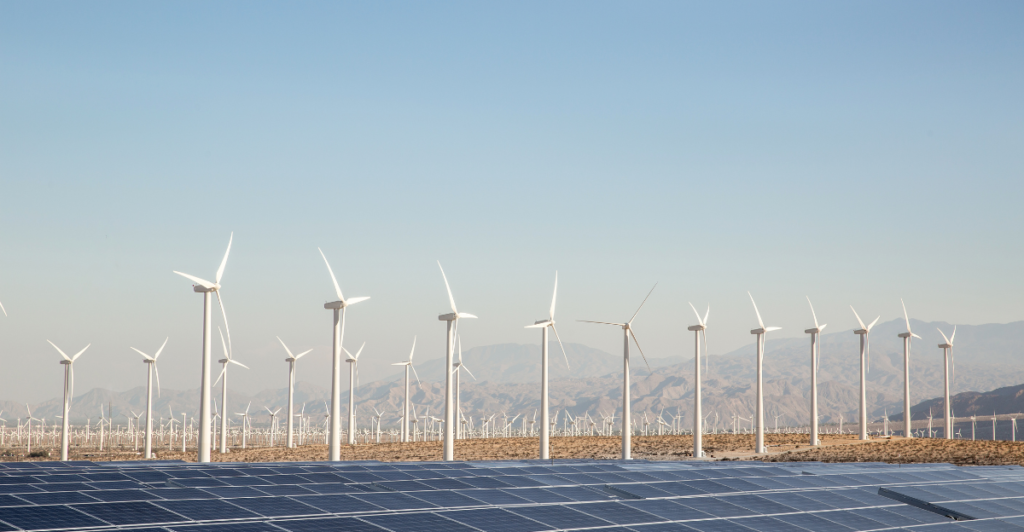
Outside of the land requirements for renewable energy facilities, the extensive infrastructure needed also has negative impacts on ecosystems. For example, roads built for access to wind or solar farms can break up habitats and increase human-wildlife conflicts, leading to long-term ecological consequences. A fragmented habitat could mean that wildlife species are subjected to increased predation as well as portions of or full loss of habitat, impeding their survival.
6. Toxic Waste from Battery Production

Some renewable energies require the use of batteries, which have always been a source of toxic waste. As such, the production of batteries for electric vehicles (EVs) and solar panels involves hazardous materials that can pose environmental risks if not managed properly. For example, not disposing of lithium-ion batteries properly can lead to soil and water contamination, challenging the perception that EVs and solar energy are completely sustainable alternatives.
7. Carbon Footprint of Manufacturing
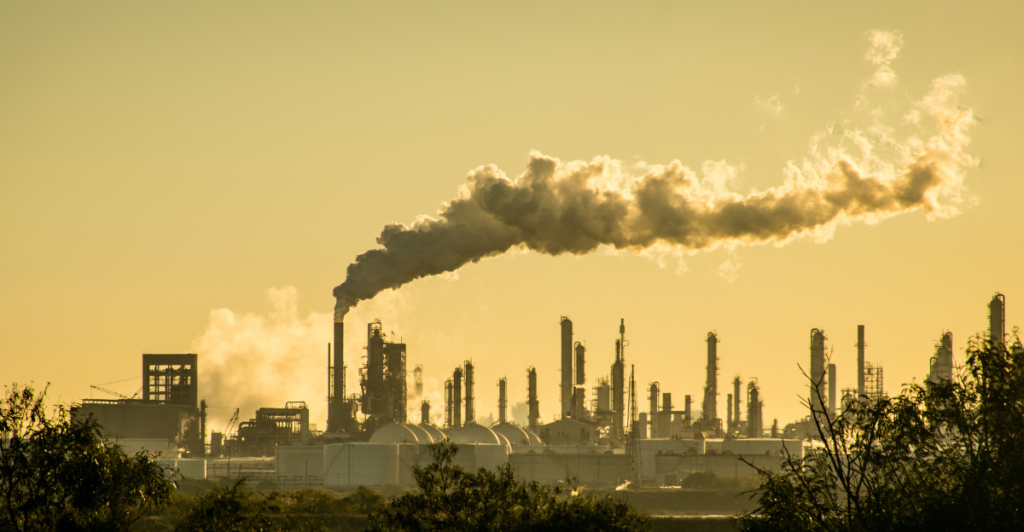
Let’s not forget the production processes that are required for renewable energy technologies, which often involve significant carbon emissions themselves. For example, manufacturing solar panels requires high-temperature processes that use fossil fuels. Burning fossil fuels releases large amounts of carbon dioxide into the air, polluting it. Therefore, the production of solar panels potentially offsets some of the emissions savings achieved through using them.
8. Grid Stability Challenges

High levels of irregular renewable energy sources, such as wind and solar, being introduced into existing grids require substantial investments in backup power systems and grid enhancements. These costs are often overlooked but can lead to increased emissions from fossil fuel-based backup systems needed to maintain grid stability during low production periods. This calls into question not only the efficiency of renewable energy sources in combatting climate change but also its impact on climate change itself and the resulting consequences for wildlife and ecosystems.
9. Social Impacts of Mining Communities
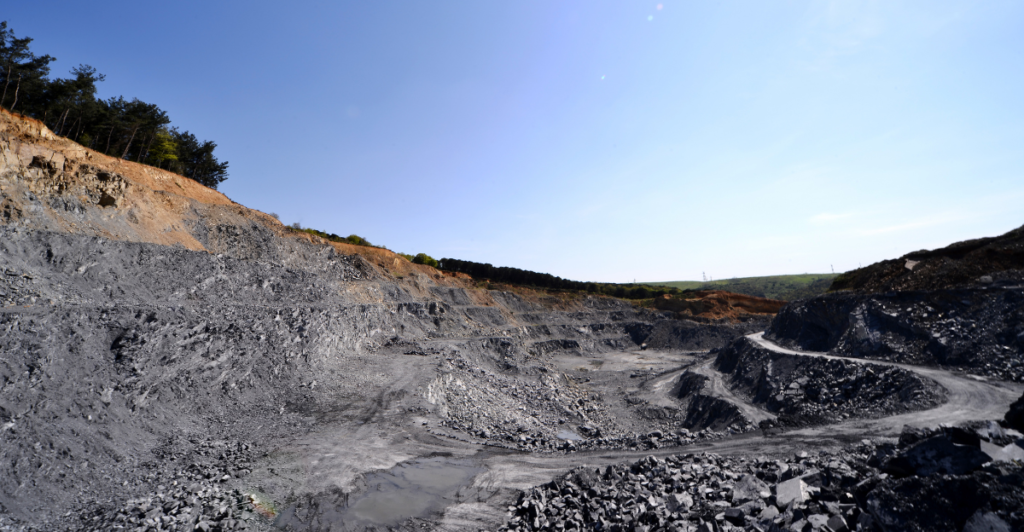
As green technologies become more popular, there is a higher demand for them, resulting in increased mining activities in developing countries, which often contributes to social unrest, civil wars, and the exploitation of local communities. These social impacts and increased mining activities also have effects on wildlife, which include habitat loss due to human activities, pollution from daily byproduct,s and other human-wildlife conflicts.
10. Acknowledging Lifecycle Emissions

Current assessments, and public opinion in general, often fail to acknowledge the full lifecycle of renewable technologies and their emissions. From extraction through to manufacturing to its eventual disposal or recycling, these emissions can be significant enough to challenge the overall climate benefits attributed to renewables, calling into question their sustainability when it comes to wildlife and the environment as a while.
The Cost of Green Energy

As we increase solar and wind farms, we need to come to terms with, understand, and attempt to rethink any effects these transitions might have on the environment. By understanding the 10 hidden costs above, we can transition to green energy with a better understanding of all the potential environmental impacts and implement strategies to mitigate these.







